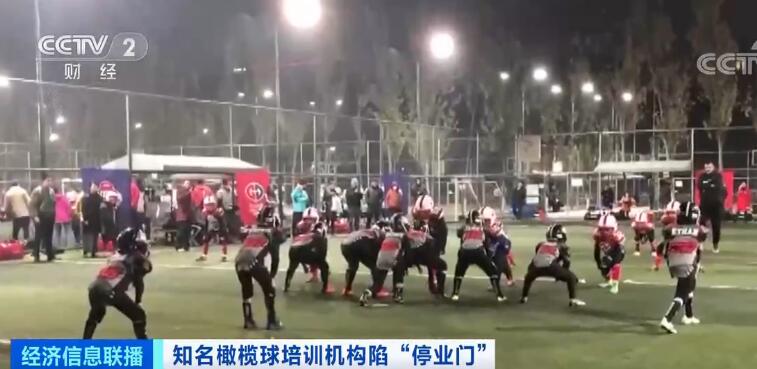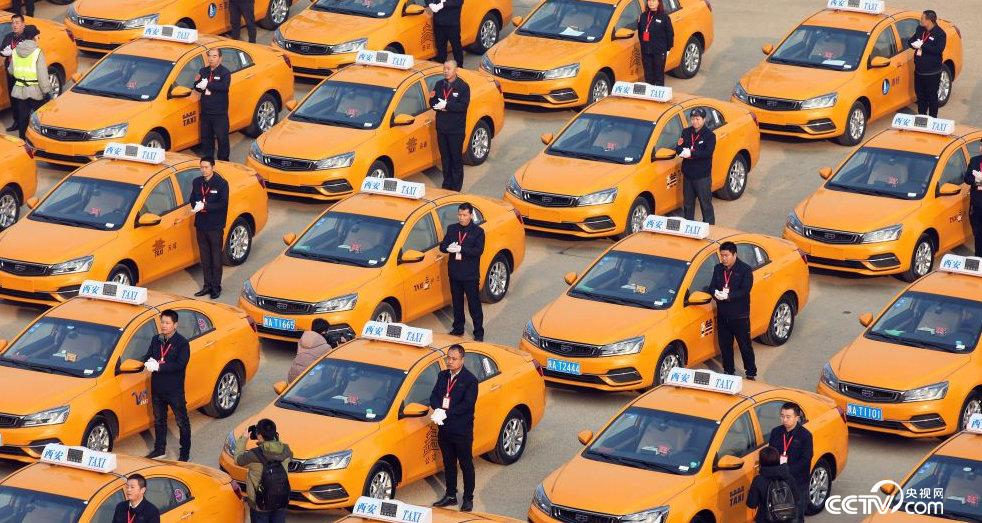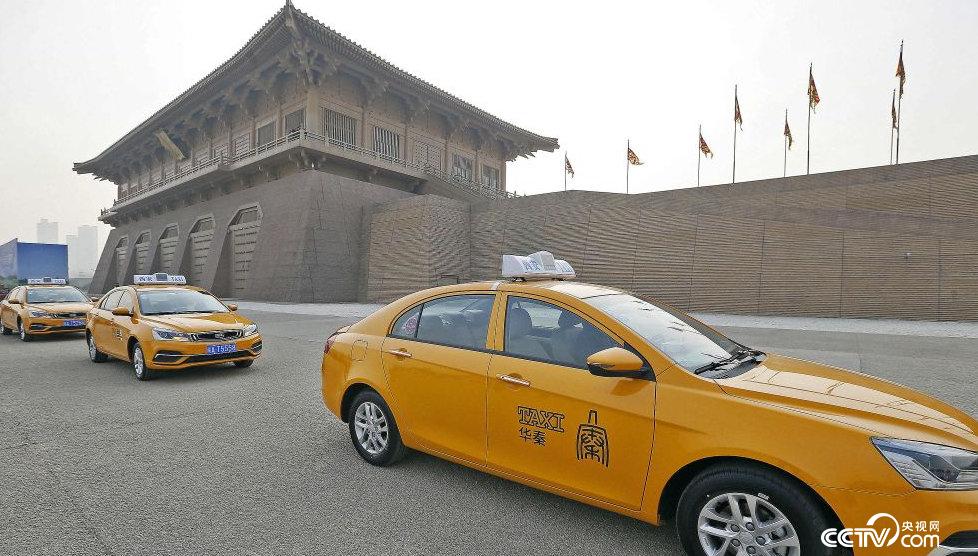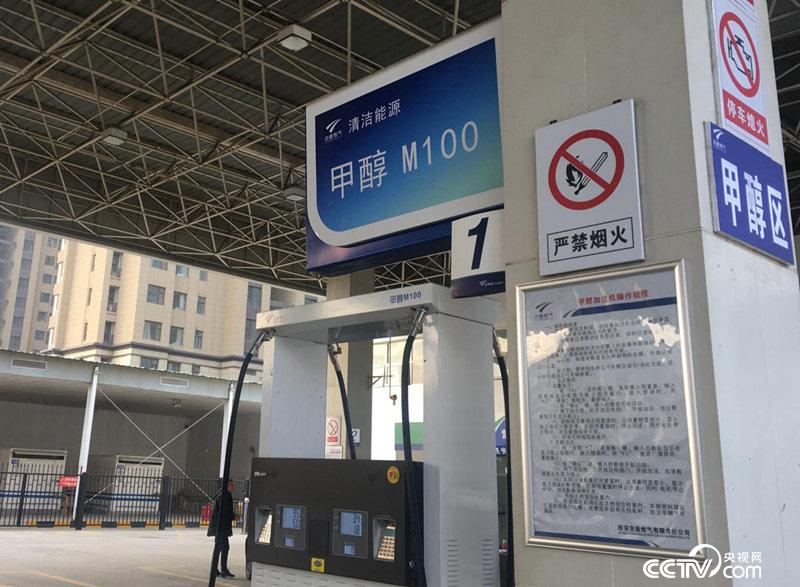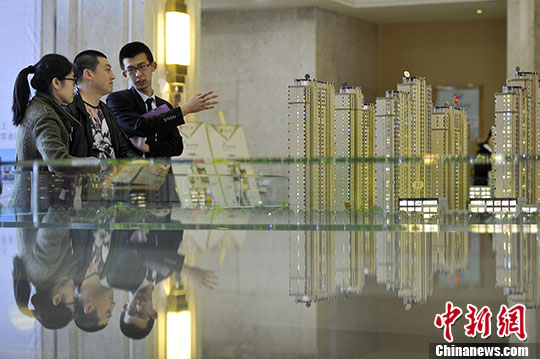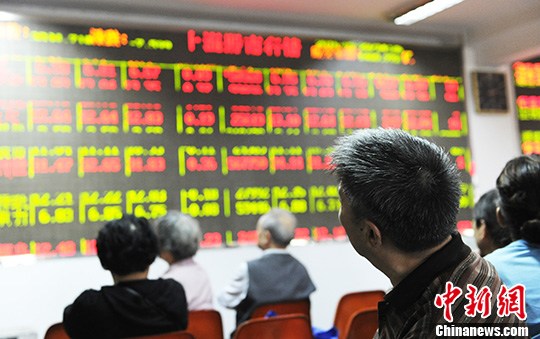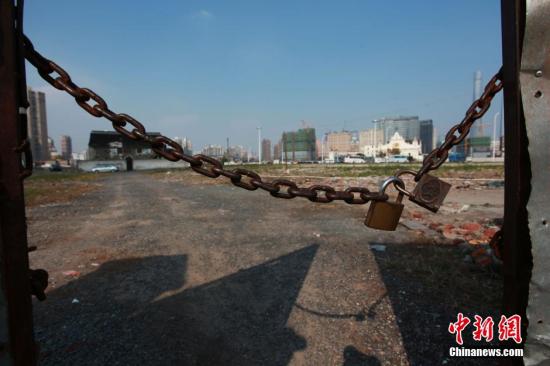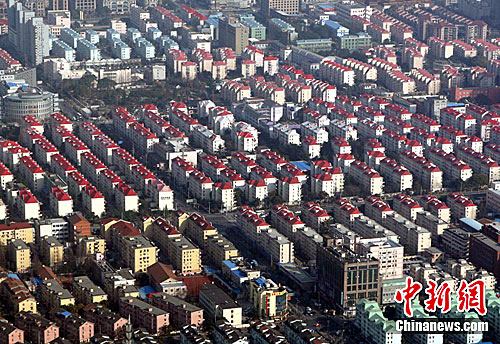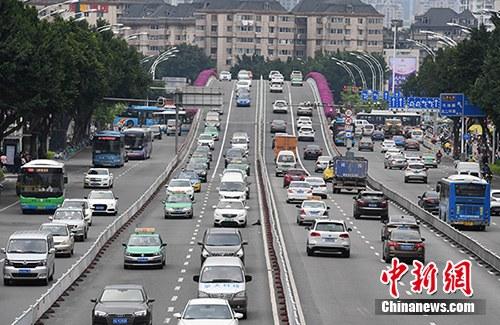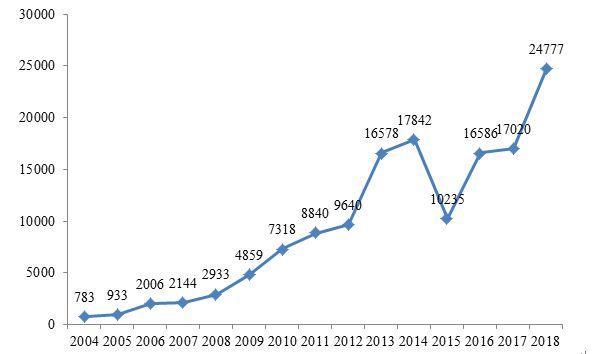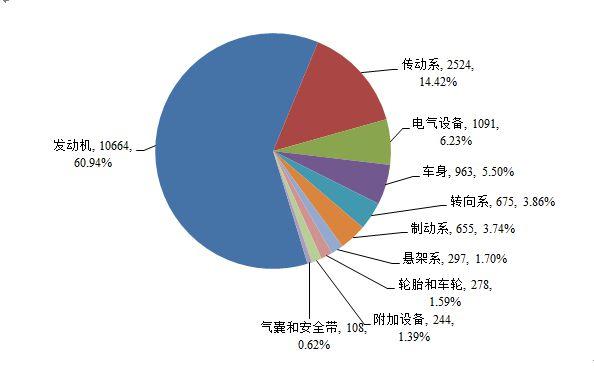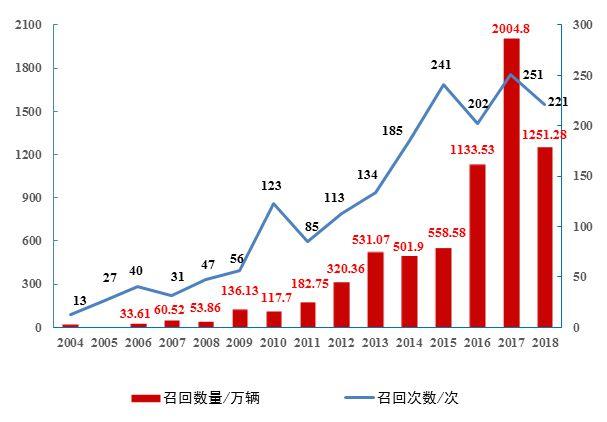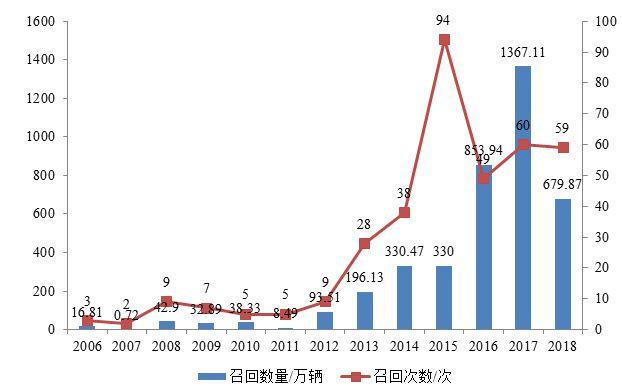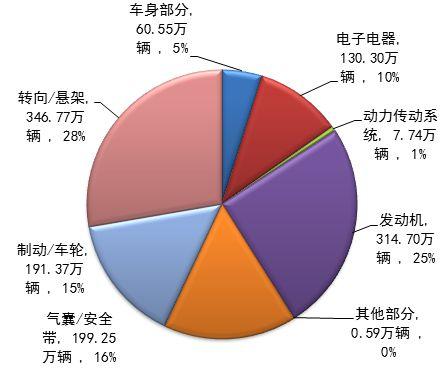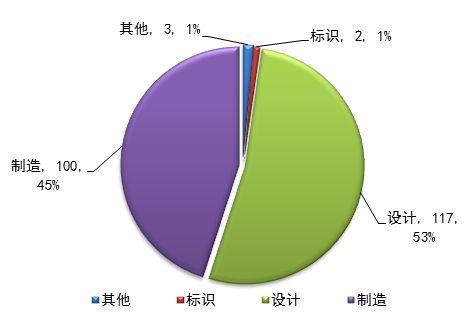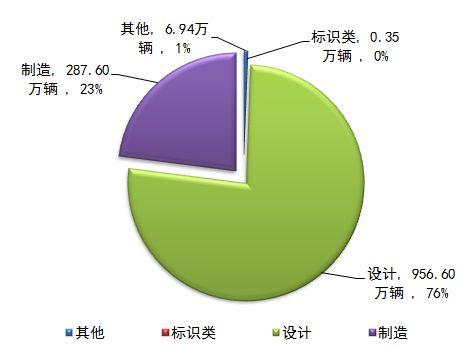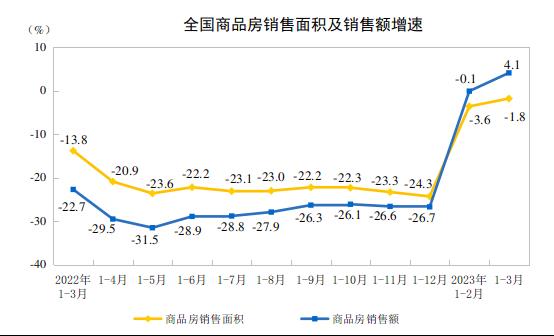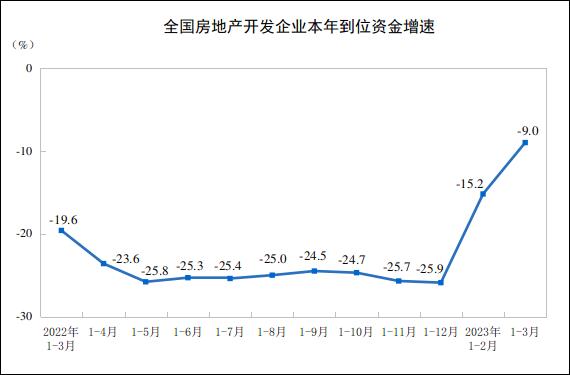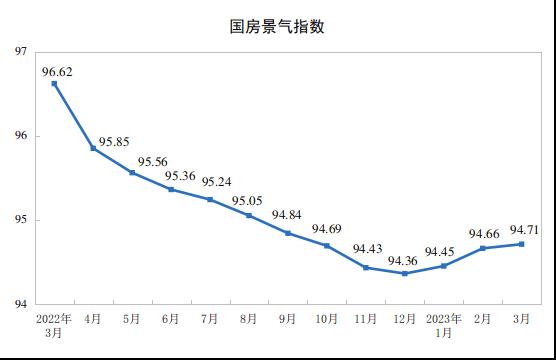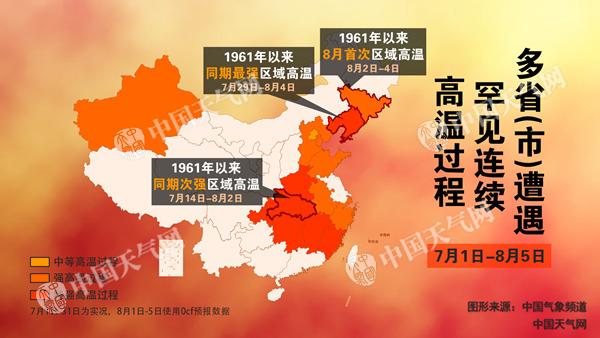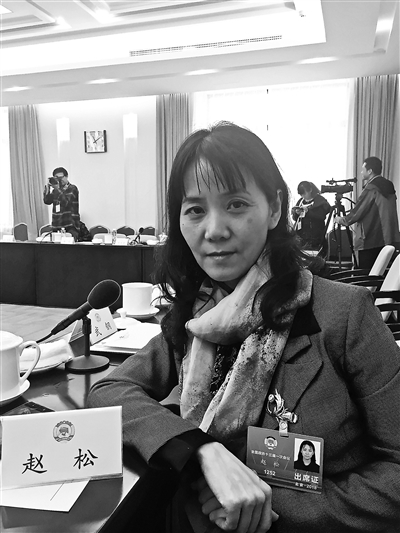
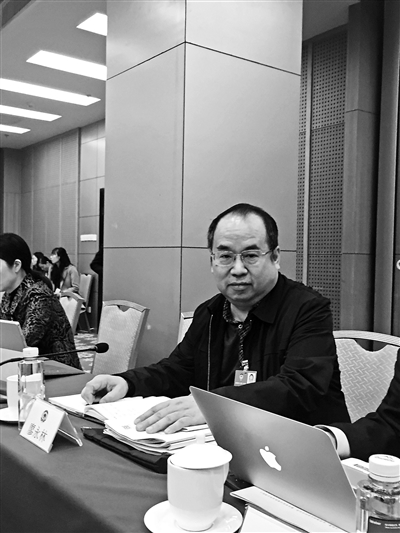
This year’s two sessions, real estate regulation is still a hot topic. Various localities have also adopted housing policies to attract talents. Collective construction land to build rental housing and state-owned enterprises to use their own land to build affordable housing have all targeted the housing problem of employees, achieving "job-housing balance" and retaining high-end talents. The Beijing Youth Daily reporter interviewed two members from the economic sector and the non-partisan sector, respectively, on these issues.
Zhao Song, member of Chinese People’s Political Consultative Conference and director of Land Price Institute of Land Survey and Planning Institute.
Building houses owned by state-owned enterprises helps to retain talents.
It is a very correct orientation to establish a long-term mechanism in the real estate field. We should comprehensively consider the land supply system, the real estate development and sales system, and the financial and tax systems. The long-term mechanism can guide the market to a healthy and stable development path. It will take time for the long-term mechanism to play a real role, which requires both the running-in and improvement of the system and the self-adjustment and repair of the market under the new mechanism.
■ Market regulation ■
Purchase restriction has not changed the relationship between supply and demand in the market.
Beiqing Daily: What control measures have been taken by all parts of the country to the real estate market, and what changes have taken in the real estate market?
Zhao Song: The changes in the real estate market in the past year, whether it is the stabilization of housing prices in first-tier cities, the decline of growth rates, or the rapid rise of some emerging hot cities, are generally the effects of "anti-overheating" and "destocking" control measures. In specific operations, administrative measures have played a more important role, such as restricting purchases, sales and loans, which have indeed had an immediate impact on curbing the heat of market transactions, while the price limit policy has directly suppressed the price signal in the first-hand housing market, but it has not yet formed a new relationship between market supply and demand, and high demand momentum still exists. The spillover of demand from first-tier and hot-spot cities, combined with the continuous easing policies in most areas, has caused some second-and third-tier cities to accelerate their rise.
Housing prices in first-tier cities may be adjusted at a high level.
Beiqing Daily: What do you think of the overall real estate market in 2018? Under the intensive real estate control measures, what kind of situation will the first, second, third and fourth tier cities present?
Zhao Song: At present, the situation of high-pressure regulation and control in the real estate market will not be relaxed. Therefore, in this first-tier city and second-tier hotspot city, the overall housing price may remain relatively stable on the basis of last year, forming a high-level adjustment trend, and some cities still have room to fall back.
Beiqing Daily: What about the third-and fourth-tier cities that saw a big increase last year?
Zhao Song: Some cities with good infrastructure conditions, rapid economic development and obvious population growth have strong internal support for rising housing prices. However, there are also some cities that have risen too fast in the early stage. Without the support of effective demand, such as the infrastructure can’t keep up and the population flows out, there will be greater risks. I don’t think those speculative housing prices will last long.
Long-term mechanism should replace emergency measures
Beiqing Daily: Last year, an important feature of real estate regulation and control was "policy by city". Will this policy last forever?
Zhao Song: In the past two years, the effect of "city-based policy" in real estate regulation and control is still quite obvious. In the past, regulation was across the board, which caused some policies to fail to achieve the expected goals. Therefore, in recent years, the policy of Yincheng has been proposed. The participation of land in real estate is mainly reflected in land supply. In cities with large demand and rapid housing price increase, the land supply should be appropriately increased. For those with serious inventory, the land supply will be reduced.
Beiqing Daily: The central government has proposed to establish a long-term mechanism for real estate regulation. What do you think of the construction of a long-term mechanism?
Zhao Song: It is a very correct orientation to establish a long-term mechanism in the real estate field. In the past, our control measures were all emergency, which could not solve the fundamental problem. To establish a long-term mechanism, we should comprehensively consider the land supply system, the real estate development and sales system, and the financial and tax systems. The long-term mechanism may not have an immediate effect on controlling housing prices, but it can guide the market to a healthy and stable development path. It will take time for the long-term mechanism to play a real role, which requires both the running-in and improvement of the system and the self-adjustment and repair of the market under the new mechanism.
■ Collective land ■
The diversion part of collective construction land is just needed.
Beiqing Daily: At the beginning of this year, the Ministry of Land and Resources approved 11 cities including Shenyang and Xiamen to use collective construction land to build rental housing. Together with Beijing and Shanghai, which are being piloted, 13 cities have been piloting this new policy. Can building rental housing with collective construction land alleviate the problem of high housing prices?
Zhao Song: I think this is a good direction. Allowing collective land to build rental housing into the market is a measure to realize multi-agent supply and multi-channel guarantee. However, we can’t expect it to solve the problem of short supply in the real estate market at once. It can only be said that in some areas, it can divert some rigid demand and relieve market pressure.
Beiqing Daily: In what way should farmers’ interests be protected when collective land is used to build rental housing?
Zhao Song: First of all, collective economic organizations are voluntary, and farmers can’t be forced to take out land for renting houses in order to complete the pilot task; The second is to do a good job of research in the early stage, choose areas with needs, such as industrial parks and development zones, and rent out houses so that farmers can make profits collectively; Some places also adopt the practice that the government rents it wholesale according to the market rent level and then rents it to specific tenants, which also reduces the operational risk of collective economic organizations.
The new measures will help state-owned enterprises retain talents.
Beiqing Daily: Last year, the Beijing Municipal Commission of Housing and Urban-Rural Development issued a document encouraging state-owned enterprises to use their own land to build affordable housing, and other hot cities also had some related pilot projects. What changes will this bring to the housing market?
Zhao Song: This is also the idea of multi-agent supply and multi-channel guarantee. This is of great help to solve the housing problem of employees of state-owned enterprises, especially the housing problem of young employees, and helps state-owned enterprises to retain talents. Now many places, especially some second-tier cities, are fighting for talents. If their housing problems can be solved, the battle will be won by half.
■ Land supply ■
The reasons for the "auction" of land transfer are complicated.
Beiqing Daily: In the past two years, the phenomenon of land "bidding, auction and hanging" often appears at high prices. Some people say that behind high housing prices is actually high land prices. What do you think of this phenomenon?
Zhao Song: Who pushed and pulled the house price and land price? This is a long-standing debate. Theoretically, the demand for land is derived demand, and the price expectation of products formed on the land determines the land price that people are willing to pay. In reality, they are interactive. As for who played the main role? This needs to be analyzed in combination with the specific market environment. In a seller’s market, no matter how high the developer gets the land, that is to say, how high the cost he invests, he will definitely pass this cost on and seek profits. However, if it is a buyer’s market, for example, when the inventory in some places was serious a few years ago, the house could not be sold, and the land would be auctioned off.
Beiqing Daily: Under the background of strict regulation and control, some first-tier cities have experienced the phenomenon of land auction. What do you think? Does it mean that the real estate market has shown signs of reversal?
Zhao Song: The reasons for the auction are more complicated. I think it is necessary to analyze the specific plots. The auction of some plots may be due to insufficient demand in the market, the expectations of real estate developers for the future have fallen, and the willingness to buy land has declined, leading to the auction; Sometimes it may be that the conditions given by this land are too harsh, which should be analyzed in detail.
Member Chinese People’s Political Consultative Conference and Director of Land Use Management Department of Ministry of Land and Resources Liao Yonglin.
Enterprise dormitory can reduce the living cost of workers.
Many cities attract talents by providing preferential housing conditions. Rent is a very important part of production factors. If workers are provided with housing or rental subsidies, their living costs will be reduced. Rental housing built on collective construction land in Beijing solves the housing problem for makers, and gives a lot of rent subsidies, which actually reduces the price of factors and is more competitive for enterprises in attracting talents.
■ Market regulation ■
Real estate regulation needs a multi-pronged approach
Beiqing Daily: What do you think of the problem of excessive housing price increase in the past year or two?
Liao Yonglin: House price is just a representation. Price is the expectation of both the supply and demand sides for the future, and it is a result. We should adjust the relationship between supply and demand to change people’s expectations. For example, rent and purchase are now advocated, and local governments have introduced measures to protect the interests of renters, so that ordinary people can enjoy the same treatment when renting houses. Public rental housing and low-rent housing that we are actively promoting now, including rental housing built on relatively new collective construction land, are all working in this direction.
Beiqing Daily: Real estate regulation is still a hot topic this year. Can the house price be controlled this year? Do you have any suggestions for this piece?
Liao Yonglin: The central government has made it very clear that "houses are for living, not for speculation". Real estate regulation needs a multi-pronged approach, and it is impossible to "win with one stroke". It should include comprehensive measures such as land supply, finance, taxation, etc. We must design the system based on the residential characteristics of the house, improve control, and classify regulation. It is different in large, medium and small cities, and it is different in first, second and third tier cities. At the same time, strengthen the two-way adjustment of supply and demand, and explore the multi-land supply mechanism of real estate.
The key to controlling house prices lies in controlling expectations.
Beiqing Daily: What are the effective ways for local governments to solve the expected problem of high housing prices?
Liao Yonglin: Shanghai’s leased housing plots and Beijing’s shared property houses are all effective explorations in this regard.
There is also the rectification of developers and real estate agents. In some places, developers engage in "hunger marketing". Obviously, there are many houses, but they have to create an illusion of shortage. Now local governments have stepped up their efforts in this regard, which has had a great impact on market expectations.
Beiqing Daily: What do you think of the emergency real estate control measures in various places, including administrative measures such as restricting purchases, loans and sales?
Liao Yonglin: This is a practice of stopping bleeding first. Ultimately, it is necessary to establish a long-term mechanism in the real estate market to solve the problem. The long-term mechanism should include land supply, taxation, finance and other factors. Of course, government supervision cannot be absent.
■ Collective land ■
Workers’ dormitory reduced the factor price.
Beiqing Daily: The Ministry of Land and Resources has approved 13 cities including Beijing, Shanghai, Hangzhou and Xiamen to use collective construction land to build rental housing. What is the original intention of these urban pilot projects with prominent contradiction between housing supply and demand? Can this contradiction between supply and demand be alleviated?
Liao Yonglin: In fact, real estate can be divided into two parts, one is for residence, and it is a consumer product, which is closely linked to income. There is also industrial land and commercial real estate, which belong to production factors. Rental housing should be somewhere in between. Solving the housing problem of the labor force is also a problem of high factors. To put it bluntly, people work and live in the city. Without a house, he wants to rent a house, and the rent is high, so the salary must be high, otherwise people will leave.
Beiqing Daily: Beijing piloted the construction of rental housing on collective construction land earlier to solve the problem of collective dormitory for enterprise employees in industrial parks, and at the same time, it was aimed at security guards, domestic workers, couriers and other service groups. In order to solve the housing pressure problem of high-tech talents, Zhongguancun used collective construction land to build rental housing to carry out a pilot project of public rental housing for makers. Maker Tenant enjoys 50% rent subsidy from Haidian District, Beijing. What do you think?
Liao Yonglin: Many cities attract talents by providing preferential housing conditions. Rent is a very important part of production factors. If workers are provided with housing or rental subsidies, their living costs will be reduced. Rental housing built on collective construction land in Beijing solves the housing problem for makers, and gives a lot of rent subsidies, which actually reduces the price of factors and is more competitive for enterprises in attracting talents.
If the job advertisement says that housing is provided, then its salary can be lower. If not, I’m sorry, then the salary will be higher.
The government vigorously promotes the construction of rental housing.
Beiqing Daily: What do you think of the current problem of high housing prices? There is a voice that high land prices are behind high housing prices, because most of the housing prices are land prices, and the construction and installation costs account for a small proportion. What do you think of the frequent occurrence of "high-priced land" in the land market and the problem that "flour is more expensive than bread"?
Liao Yonglin: Whether the high housing price is cost-driven or price-driven, this is a chicken or egg problem, and there will never be any result. Market economy is to buy production factors after the price of supply and demand is accurate. If the cost determines the price, it is not a market economy. Now it is always said that "flour is more expensive than bread", in fact, developers will not do business at a loss. The problem now is to solve the problem of housing price expectation and realize the price balance between supply and demand. Now the government is vigorously promoting the construction of rental housing, especially advocating the right to rent and purchase, and establishing a long-term mechanism for real estate, which is to solve this expected problem.
■ Land supply ■
The design of "multi-subject land supply" system should keep up
Beiqing Daily: Since last year, the central government has repeatedly proposed to speed up the establishment of a "multi-agent supply, multi-channel security, and rent-and-purchase housing system". Does multi-subject land supply mean a breakthrough in the existing "bidding, auction and hanging" system of commercial housing land supply?
Liao Yonglin: Actually, China’s real estate industry was originally a multi-subject land supply, and later it moved towards a single subject land supply. However, there are many problems in supervision in this way. In terms of economic value, the highest urban construction land is real estate, followed by industrial land, and the worst is infrastructure land. If the rush to engage in real estate will be chaotic, what about the infrastructure? Multi-subject land supply later became a single subject land supply, but in this mode, the government monopolized the land, and some local governments often did not take the initiative to supply land in order to raise land prices.
Now we advocate multi-agent land supply, but we don’t simply go back to the past, but we must keep up with the system design and supervision, so as to solve the possible problems of multi-agent land supply and the problems of single agent land supply.
Photo of this edition/reporter Zhu Kaiyun


